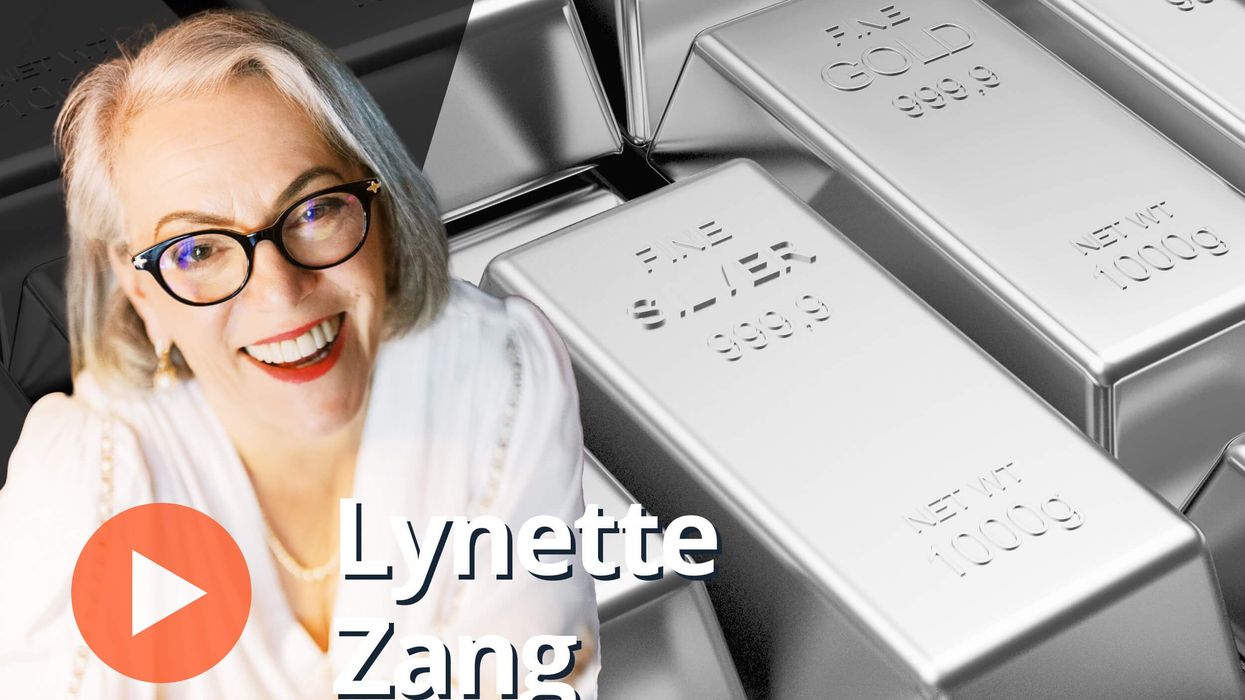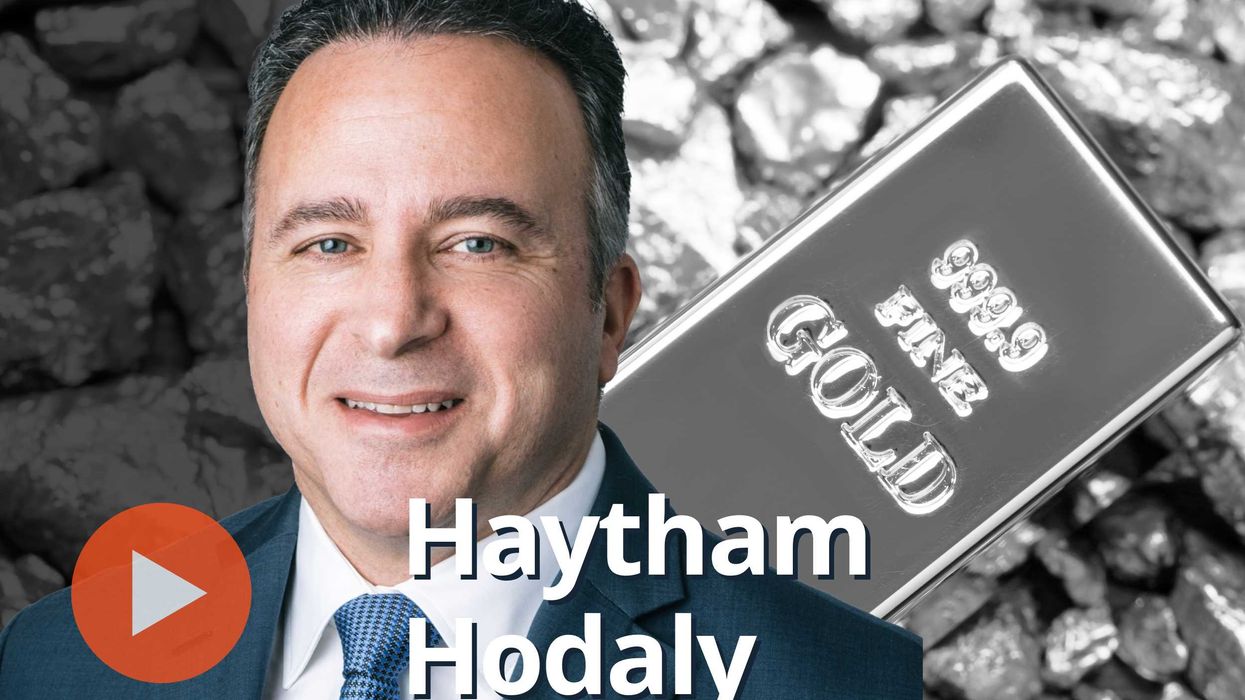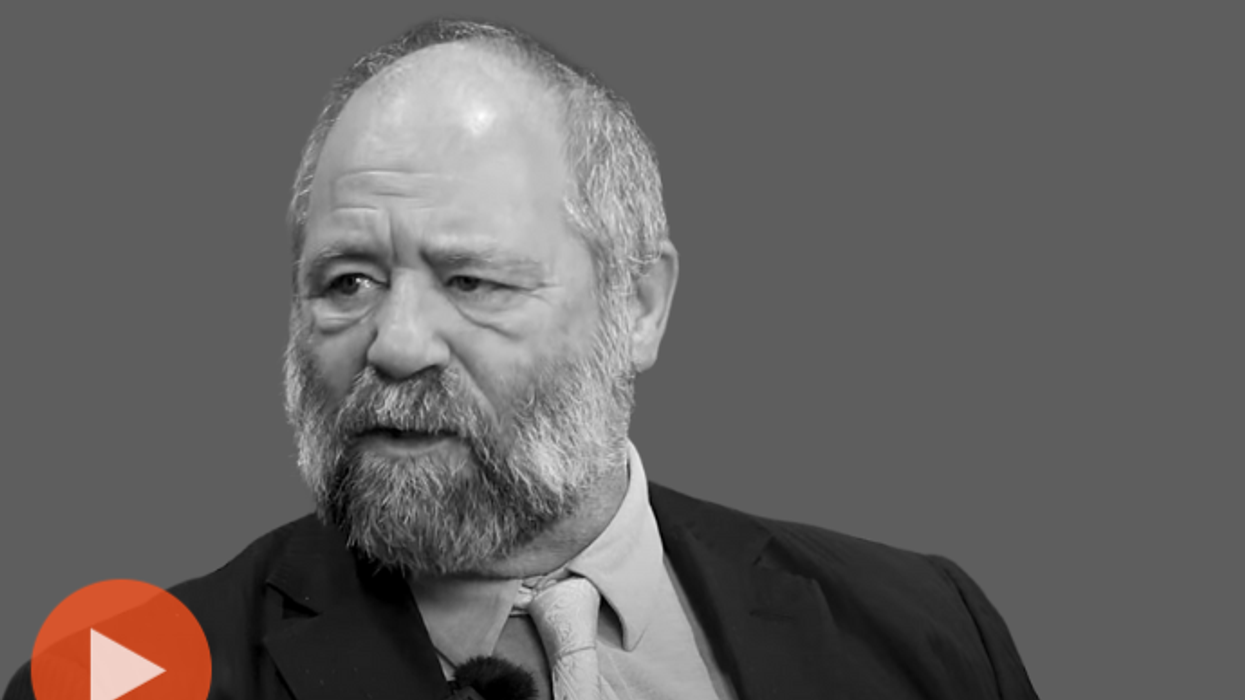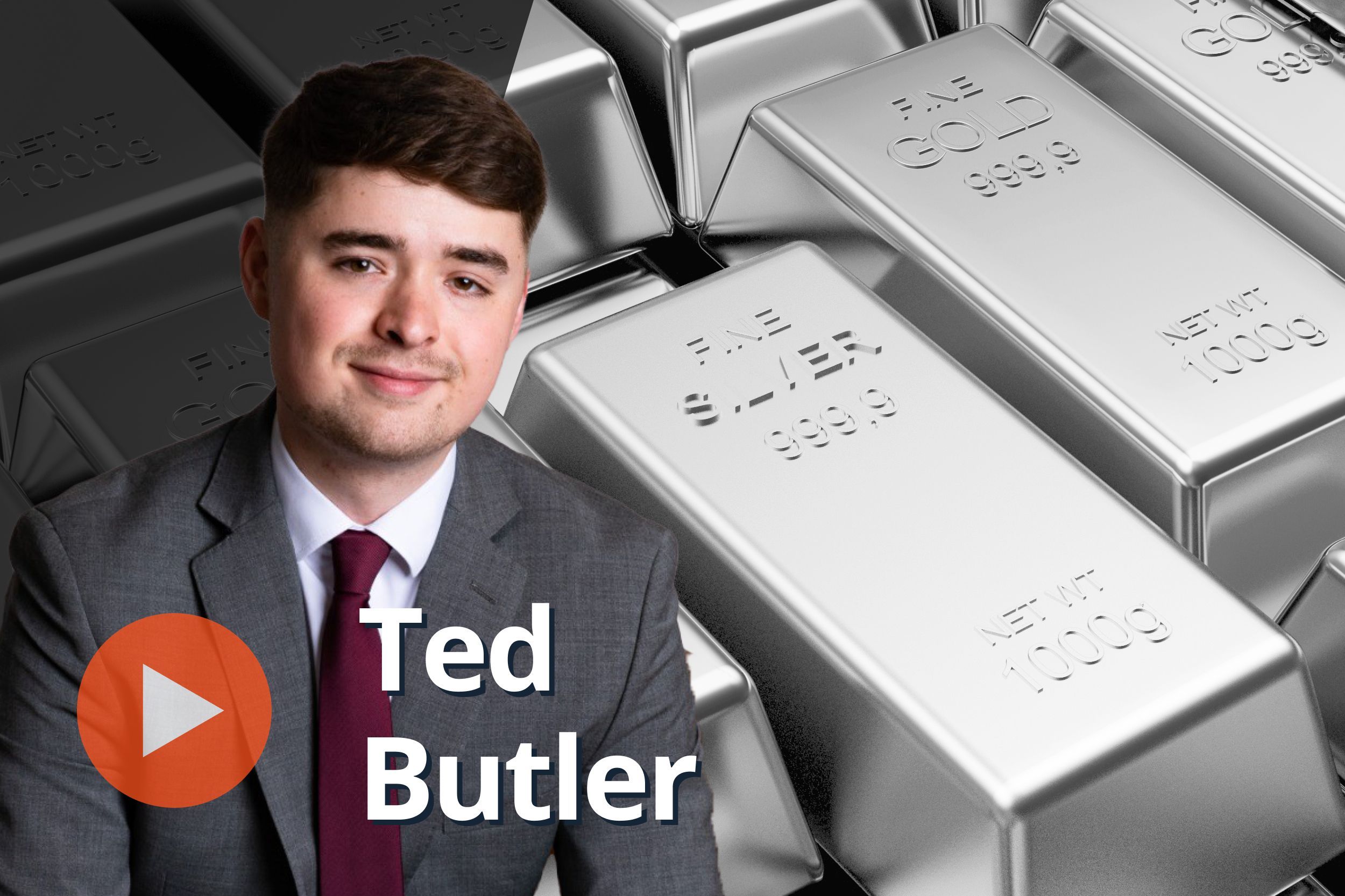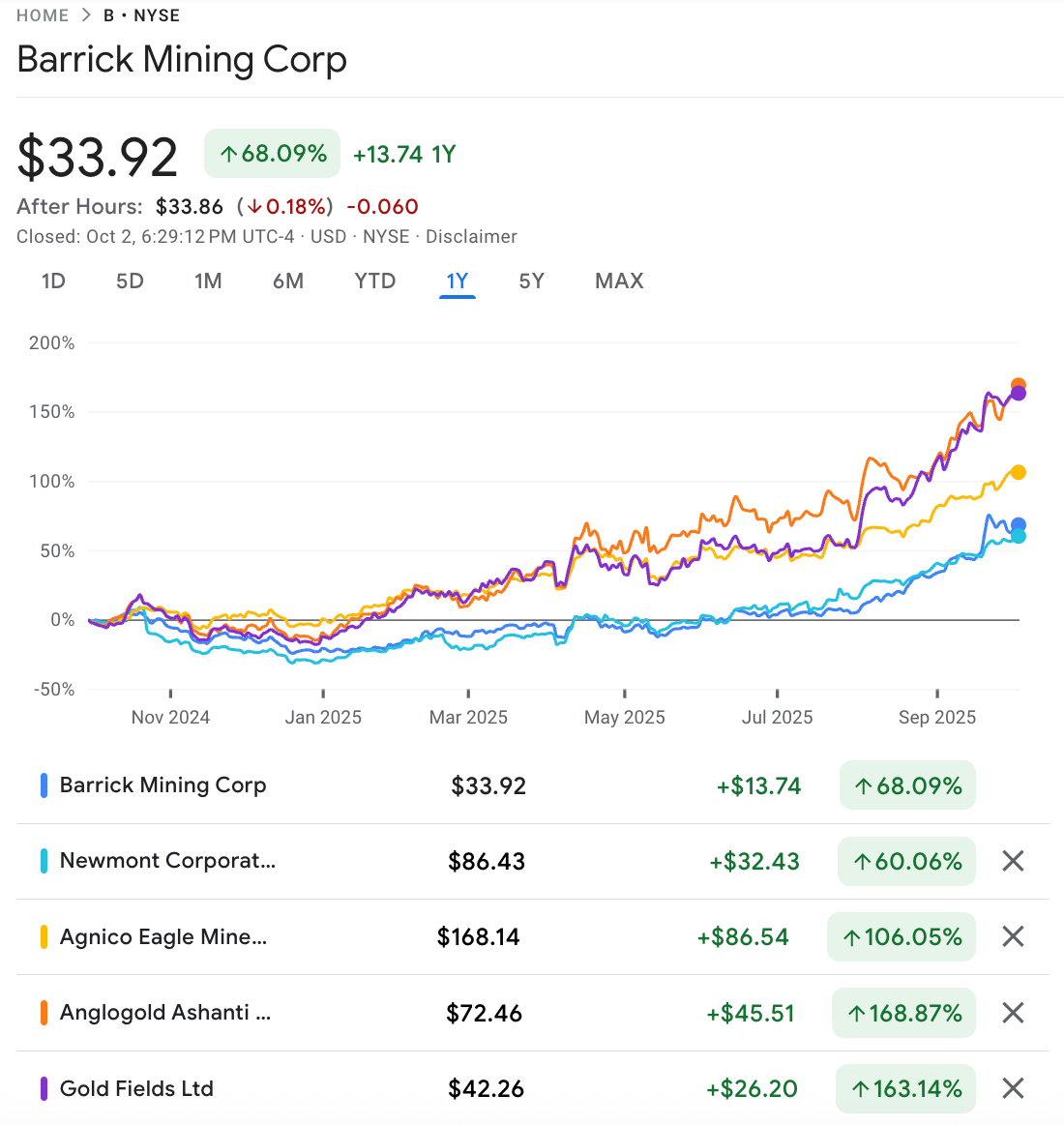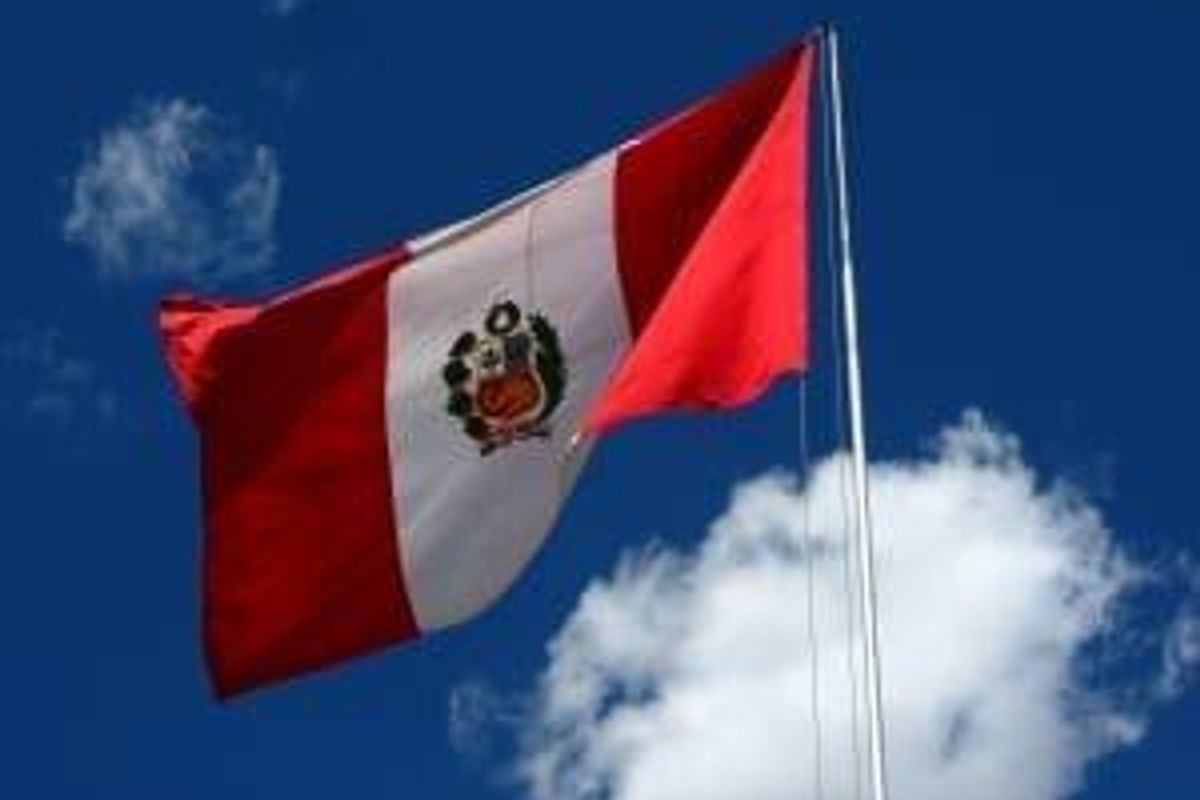
Plateau Uranium: Uranium and Lithium in Peru
Plateau Uranium (TSXV:PLU,FWB:QG1) has a consolidated portfolio of uranium resources covering 95 percent of the Macusani Plateau of Puno in southern Peru. Its robust economics demonstrates, for uranium alone, an average cash production cost of US$17.28 per pound U3O8 over the life of the mine, with an NPV of US$603M, an IRR of 40.6% and 1.8 years capital payback (post-tax) using a conservative US$50/lb uranium selling price.The projected production will average over 6 Mlbs annually for at least 10 years.
CEO interviews are part of investor education campaigns for clients advertising on the Investing News Network. Important news is contextualized by CEOs, and the resulting interviews are disseminated to the Investing News Network audience because they have value to market watchers.
The Investing News Network interviews a CEO for an understanding of their perspective on the company, the investment potential of the company and market news related to the company. The information contained here is for information purposes only and is not to be construed as an offer or solicitation for the sale or purchase of securities.
Plateau Uranium (TSXV:PLU,FWB:QG1) has a consolidated portfolio of uranium resources covering 95 percent of the Macusani Plateau of Puno in southern Peru. Its robust economics demonstrates, for uranium alone, an average cash production cost of US$17.28 per pound U3O8 over the life of the mine, with an NPV of US$603M, an IRR of 40.6% and 1.8 years capital payback (post-tax) using a conservative US$50/lb uranium selling price.The projected production will average over 6 Mlbs annually for at least 10 years.
Plateau Uranium recently announced a maiden lithium and potassium resource estimate of 52.3Mt at 0.13% containing 67,000t Li2O with 2.34 Mt K2O at 4.47% (Indicated), and 87.7Mt at 0.12% containing 109,000t Li2O with 3.93 Mt K2O at 4.49% (Inferred) within its existing uranium resource base. This lithium resource estimate is from only 4 out of 14 uranium deposits. According to the resource estimate report, “Across all four deposits, lithium mineralization occurs in a 40m to 60m thick zone, which is interpreted to be a discreet lithological unit within the acidic volcanic rocks of the Macusani Plateau. It has been identified that this is the same unit that hosts the previously reported uranium mineralization.”
Investing News Network spoke to Plateau Uranium Chairman Ian Stalker about this potential added value that lithium and potassium bring to the uranium-focused company.
Investing News Network: Can you tell us more about the lithium and potassium found within Plateau Uranium’s project in Peru?
Ian Stalker: Let me begin by saying the Plateau Uranium story is based on a uranium project in Peru that has given all the right indications to be an extremely profitable business in the uranium environment. We know, based on the work we’ve done today, that the uranium company or the uranium product can be economic even at levels that we are seeing today in the uranium spot price. At $30 a pound, we still make a decent profit. At the long-term selling price, which is still $45 plus, we make an even bigger profit. So we are extremely positive in the uranium story and the way forward to unlock the value. But what we looked at, and what has come out, has been an extremely opportunistic additive to this uranium story. There is the fact that within the uranium optimized pits or even when we start mining the uranium we found, there is a significant amount of lithium and potassium present.
To the extent that at the end of March, beginning of April, only a couple of months back, we put out a 43-101 resource report that highlighted how much lithium in the metal form was contained within only four of these eleven deposits that would be mined for uranium. That’s not to say, by the way, that outside of the pits there isn’t lithium, because we know there is. Since we are planning to mine the uranium, we looked at that opportunity of adding to the uranium story.
So let me just move forward from that concept that with the uranium, we would also mine lithium and potassium. What we then said to ourselves was: look, thisby-product concept has real opportunity to add significant value. The capital associated with building the mine, all the CAPEX numbers that are in the PEA we have released for the uranium actually are part and parcel of the money that needs to be spent for the lithium.
The uranium project, which as I said in the beginning, is economic even at $30 a pound. That pays for the open pit operation, pre-strip, mining costs, and delivery from the open pit to the process plant. The first part of the process plant is a crusher, so it pays for all of that, meaning lithium is getting a holiday right up until it arrives at the process plant. Even at the process plant, the primary and secondary crushing is also covered by the cost of the uranium product that we make.
The lithium and potassium by-product opportunity will only have to pay for that part of the capital and operating costs for the additional lithium-potassium processing plant within the existing uranium process infrastructure. That takes it away from the main uranium tailings. We think what we will do is extract the uranium first and then we are left with what would be regarded as a tailings or residue stream. And again, just for interest, normally we would put that residue stream to tailings dam, so that the tailings dam is also paid for by the uranium—the lithium doesn’t have to carry that. We then take that stream, with ninety-five to ninety-seven percent of the uranium removed, and we then look at how to extract the lithium. It is here that our next phase of work will be focused.
We know we’ve got lithium present, we know we’ve got potassium present, and the independent geological 43-101 engineer who wrote this indicated that, even with conservative levels of lithium pricing. I think we used $8,000 per tonne of lithium carbonate, and there are indications in the market today that is upwards of double that today. We used $500 per tonne of SOP, sodium sulphate of potash, and again, those indications, even in today’s market, is six, seven hundred dollars per ton being used—we still found that with pretty conservative approach to estimating the operating costs and recoveries, that there was a significant upside in the economic value of the project and of Plateau Uranium.
I have to be quite honest with you—a lot of that is not yet fully tested. All that has been done by ourselves and by an independent engineer is to confirm that once you’ve taken the uranium out of the slurry, you are able to bring the potassium and the lithium into solution. We’ve had recoveries of about 70% plus or minus, going into solution—nothing else has been done. So be well aware and be cognizant of the fact that going forward, what we have to do is the metallurgical process test work that will allow us to better understand how much the by-products will cost to produce, how easy it is to achieve the level of recoveries, the acid consumption and the yields, et cetera, and basically from that, develop the process engineering that will allow us to extract the lithium and potassium as by-products – and establish capital and operating costs.
The inherent value of those two by-product metals in the waste stream, is such that we have an extremely large opportunity. Certainly, the preliminary work that we have done suggests that it is very positive and extremely interesting.
We have recently announced funding to make sure Plateau Uranium is on a good financial ground. Despite the tough market it has been for uranium, part of that funding will be allocated to this work associated with the lithium and potassium by-product, to understand the opportunity more fully. We are very excited to have that opportunity and the ability to move it forward over the next few months.
INN: In theory, would processing be done at the same facility?
IS: Yes, that would be part and parcel of the overall process plant. Remember again, that we are mining for uranium, but lucky enough to have lithium and potassium present. We extract the uranium from that ore, which still leaves the lithium and the potassium present, and we then add to that the necessary process plant steps to extract the lithium and potassium into solution. And then the steps necessary to produce a lithium carbonate or hydroxide produict, , as well as an SOP sulphate of potash product. That would be part of the overall plant, and of course, I mentioned about what is paid for by the uranium. At the same time, the people that are there are paid for by the uranium—there would be very little extra staff. The electricity that you have to bring in, in order to power the crushers and the mill, will be paid for by the uranium project as well.
The administration block for people doing business and the IT that you install and all the other bells and whistles that work together from an administration point of view, paid for by the uranium. Even the canteen is paid for by the uranium, so the amount of money that has to be covered by lithium and the potassium is relatively small.
INN: Once you work on that metallurgy or get to understand what those by-products are worth to the overall Plateau Uranium economic model, then you would know how much icing you have on your cake?
IS: Maybe more icing than cake at the moment. Uranium is still a tough market and I’d love to see it flourish again, but we’re still very much in the doldrums—the wind hasn’t started to blow but when it does, we are, I think, one of the best placed uranium projects to move. These by-products just add further value so right now maybe the icing is thicker than the cake.
INN: What are the catalysts of milestones that you foresee after the metallurgy work is done?
IS: Getting the metallurgical work done gives us the engineering detail that we can put into our economic model. That will tell us exactly the kind of increase that may be expected on the capital that we have currently given. Right now, we’ve got a capital cost estimate, plus or minus, of $250 million for a tank leach option for the uranium. We’ve got a production cost per pound for uranium of $17.28, which is a low cost production level, so we will understand just how much more capital is needed for the lithium and potassium—for the production of the two products. We will understand the cost per tonne of lithium carbonate produced, the cost per tonne of SOP produced as a consequence, and that influences the overall model. Hopefully, the metallurgical tests can be done before the end of this year, and we can be putting that financial model together by the end of the year.
At the same time, of course, we will still be looking at how to enhance the uranium project, as there is a lot more to come there.
INN: Are there any deposits out there comparable to the Macusani Plateau?
IS: No, we are very fortunate in that regard—competition does not exist, and it is a huge potential for us. We have only explored less than 10% of the entire region under our control. So how much more will we find? It is a great opportunity and there are deposits of lithium in the neighboring countries, whether it’s in the brine solution or whatever, it is there—lithium is present in those parts of America.
One thing that caught my attention a few days ago is that we’ve been very lucky that we call ourselves Plateau Uranium. It’s a new name that we called ourselves last year when we rebranded, and of course our trading symbol is PLU. I’d love to tell you that it was all planned and that the P stands for Potassium, the L for Lithium and the U for Uranium, but I didn’t. But we now use the opportunity of PLU for our own benefit.
INN: In closing, are there any events in the uranium space in the last quarter that we should be aware of?
IS: The uranium market has remained more or less as it has been since the start of the year. The predictions, of course, are still there. They still exist and there is a shortfall coming in terms of uranium production versus uranium demand. Companies have closed uranium mines and deferred, delayed and cancelled new projects. We know that the growth in reactors continues at a substantial pace. New build in China, in particular has been seeing almost one new reactor connecting to the grid every month driven primarily by their need for GHG-free clean air base load electricity production.
Also in the past year, India too, has now signed nuclear cooperation agreements with several countries for the ability import uranium into the country and to build new nuclear reactors in the country. Until recently, India had a difficult position because of its history with Pakistani-Indian relationships and the potential for nuclear proliferation in that region. As a consequence that has now been sort of resolved, and India can now move forward with their civilian nuclear reactor program.
There is no doubt that nuclear energy growth is here with more coming, and if the growth is there, you need to have adequate uranium supply. The issue is really only one of timing.
INN: Excellent. Thank you for your time today.

